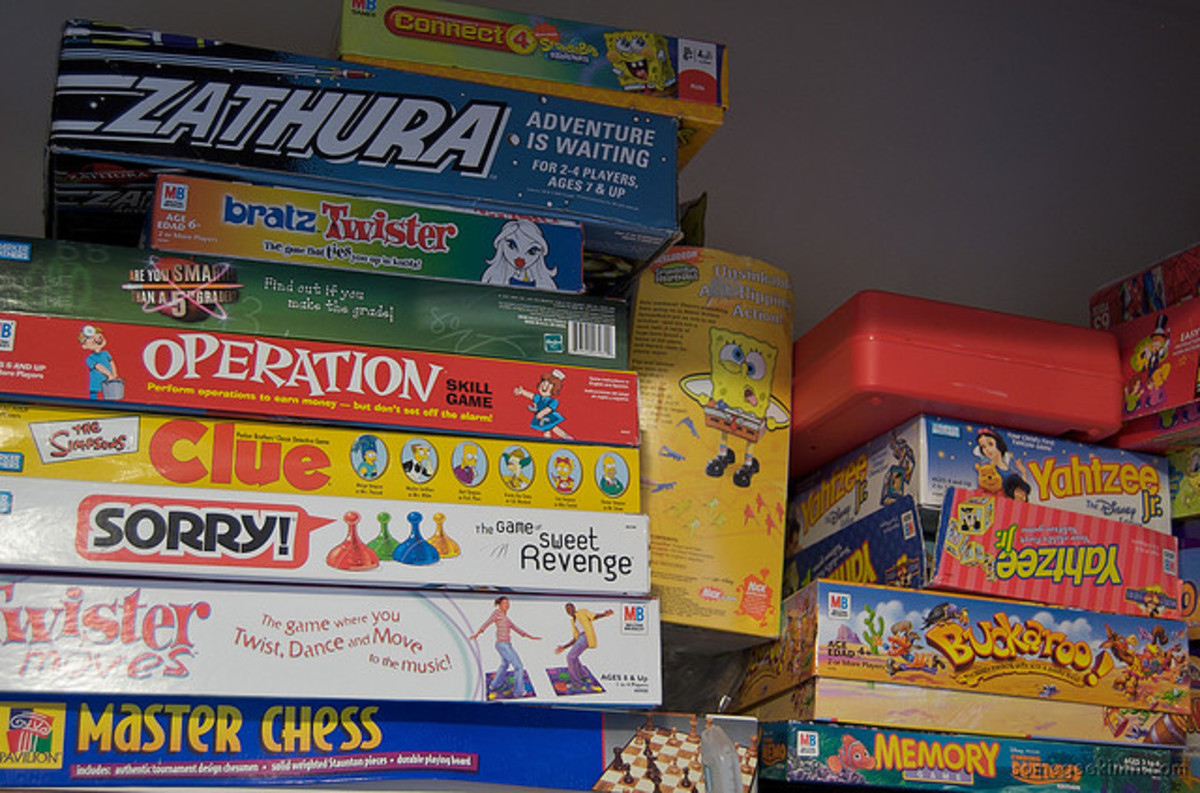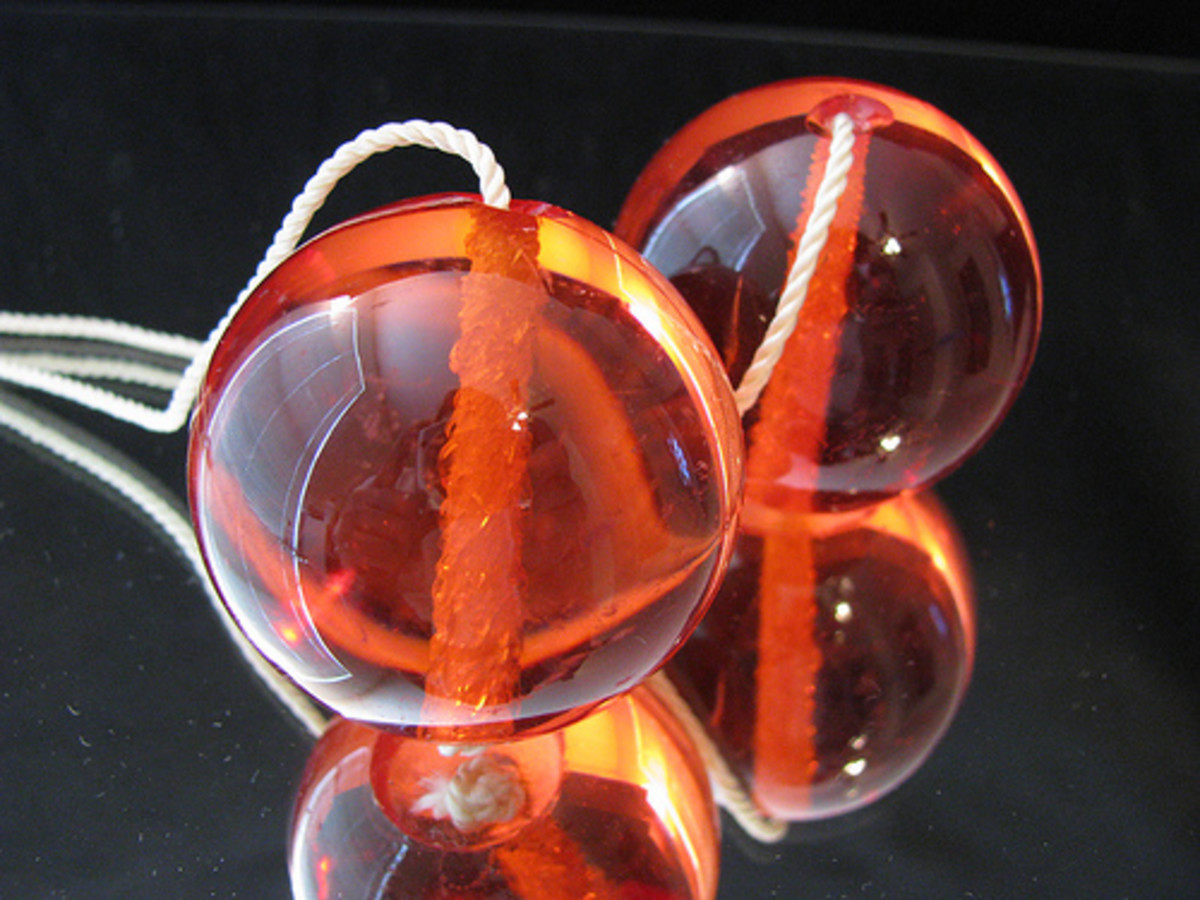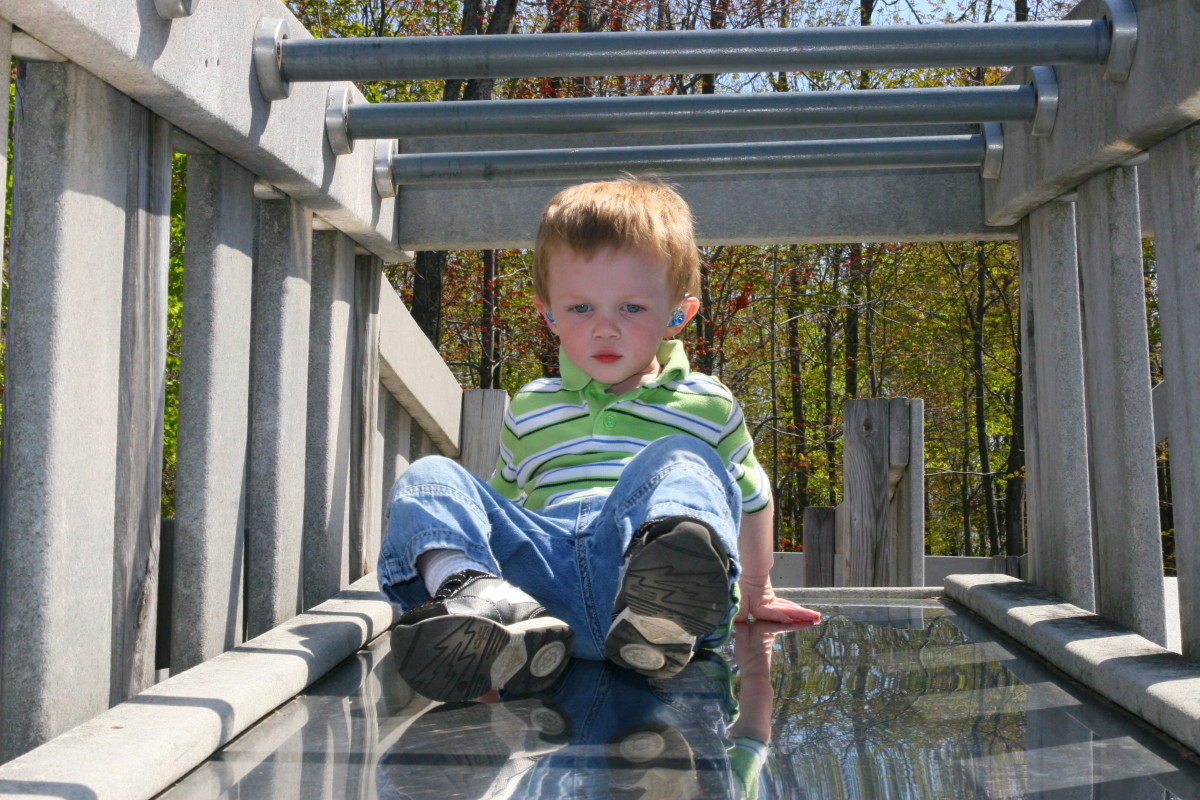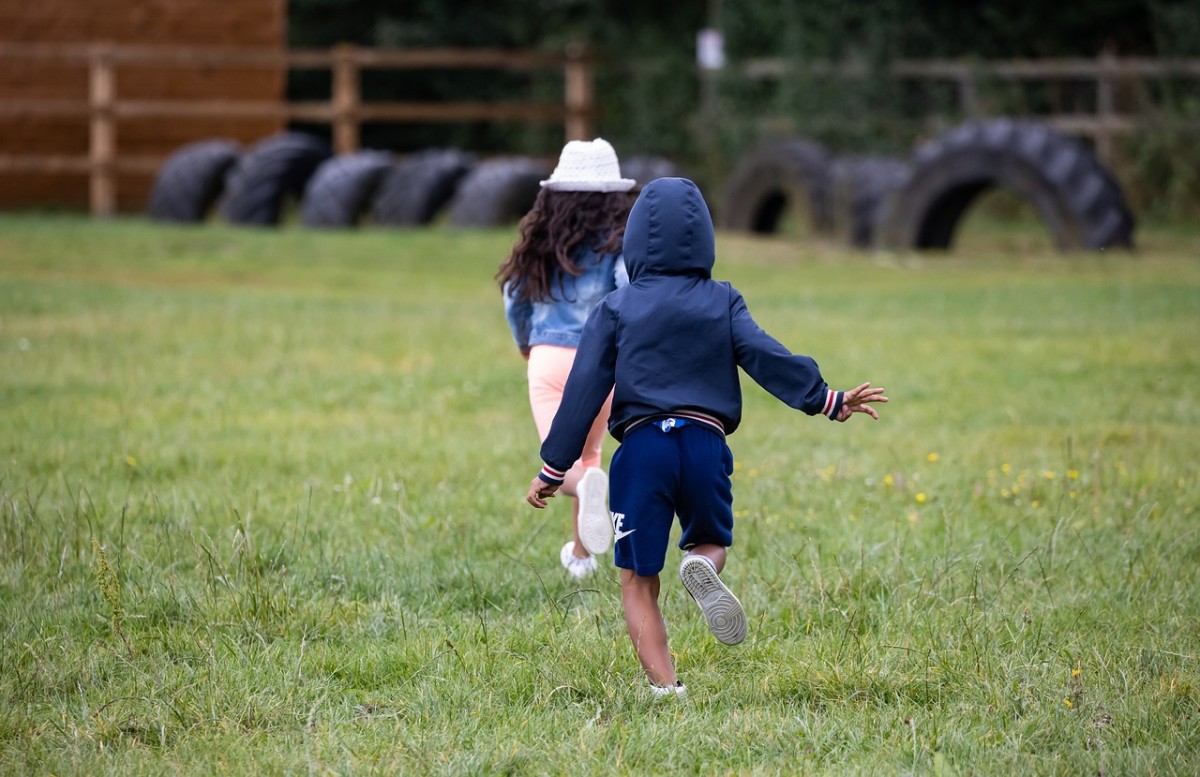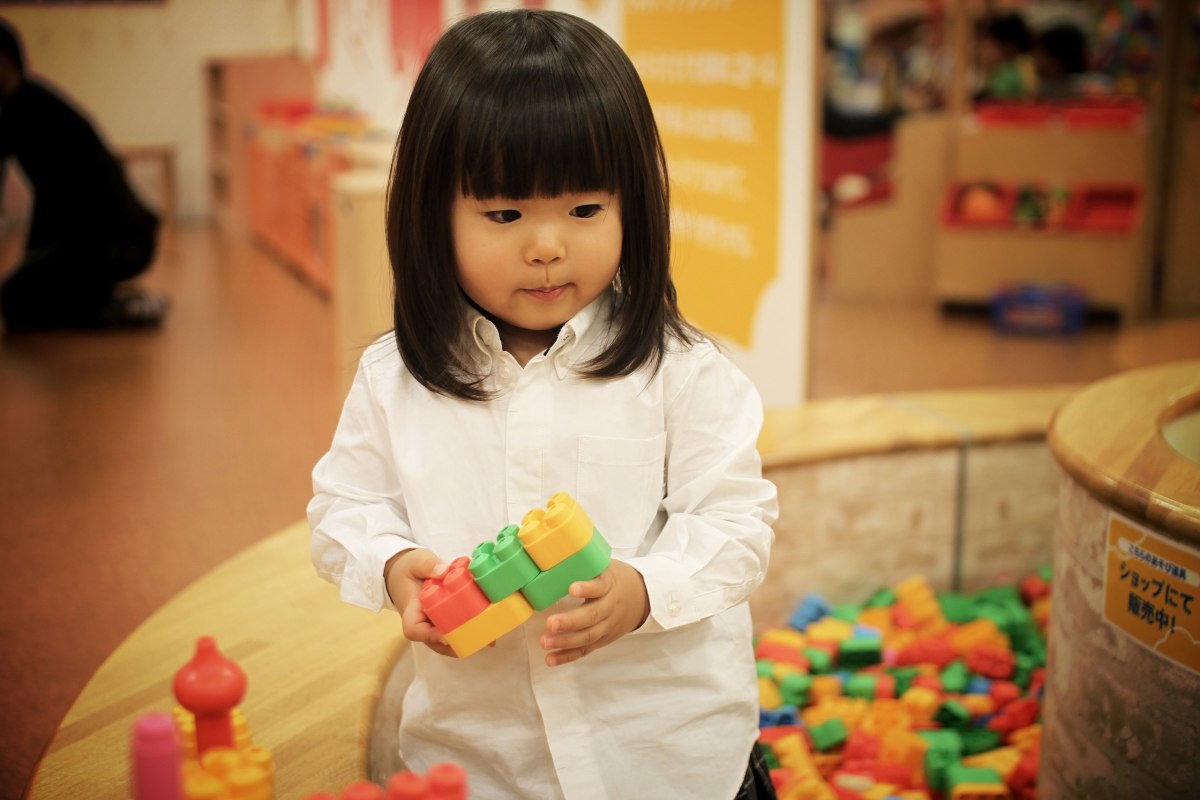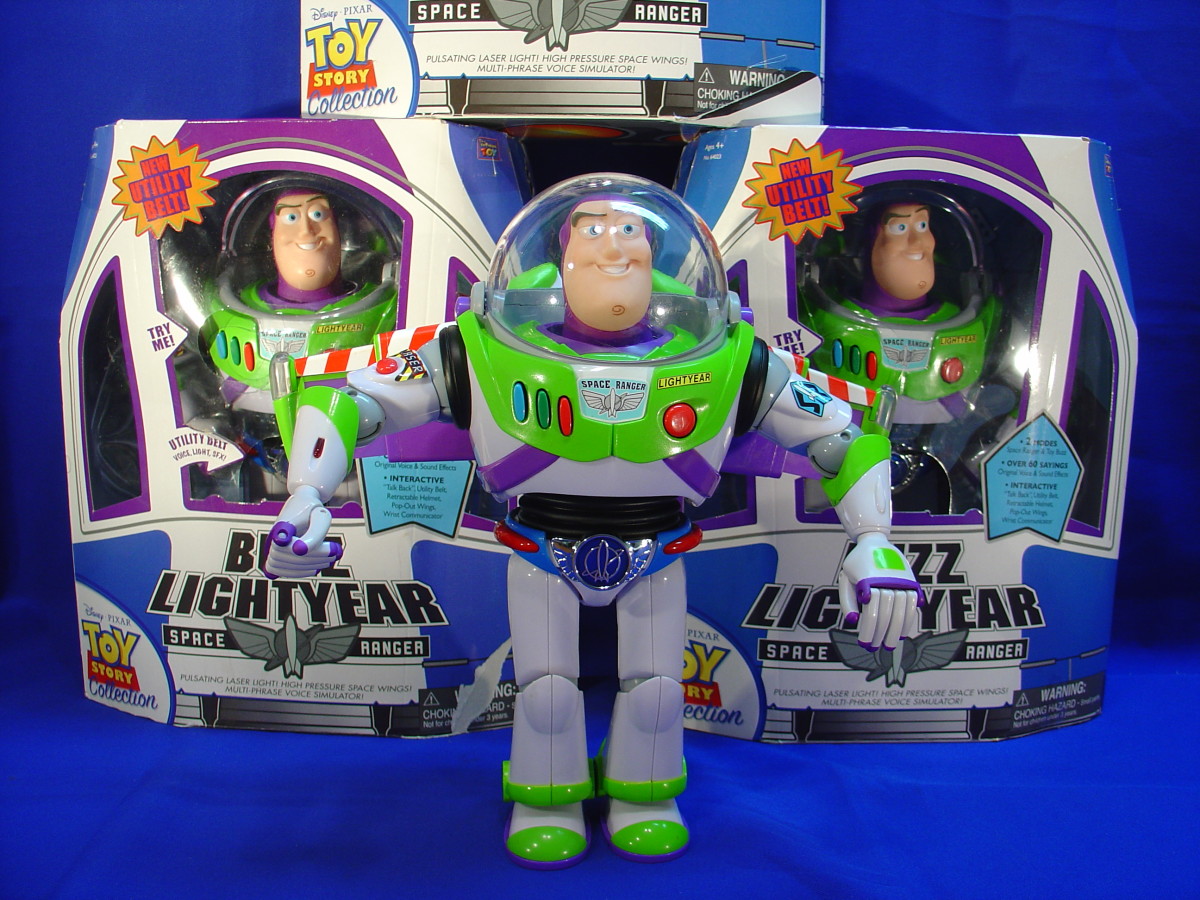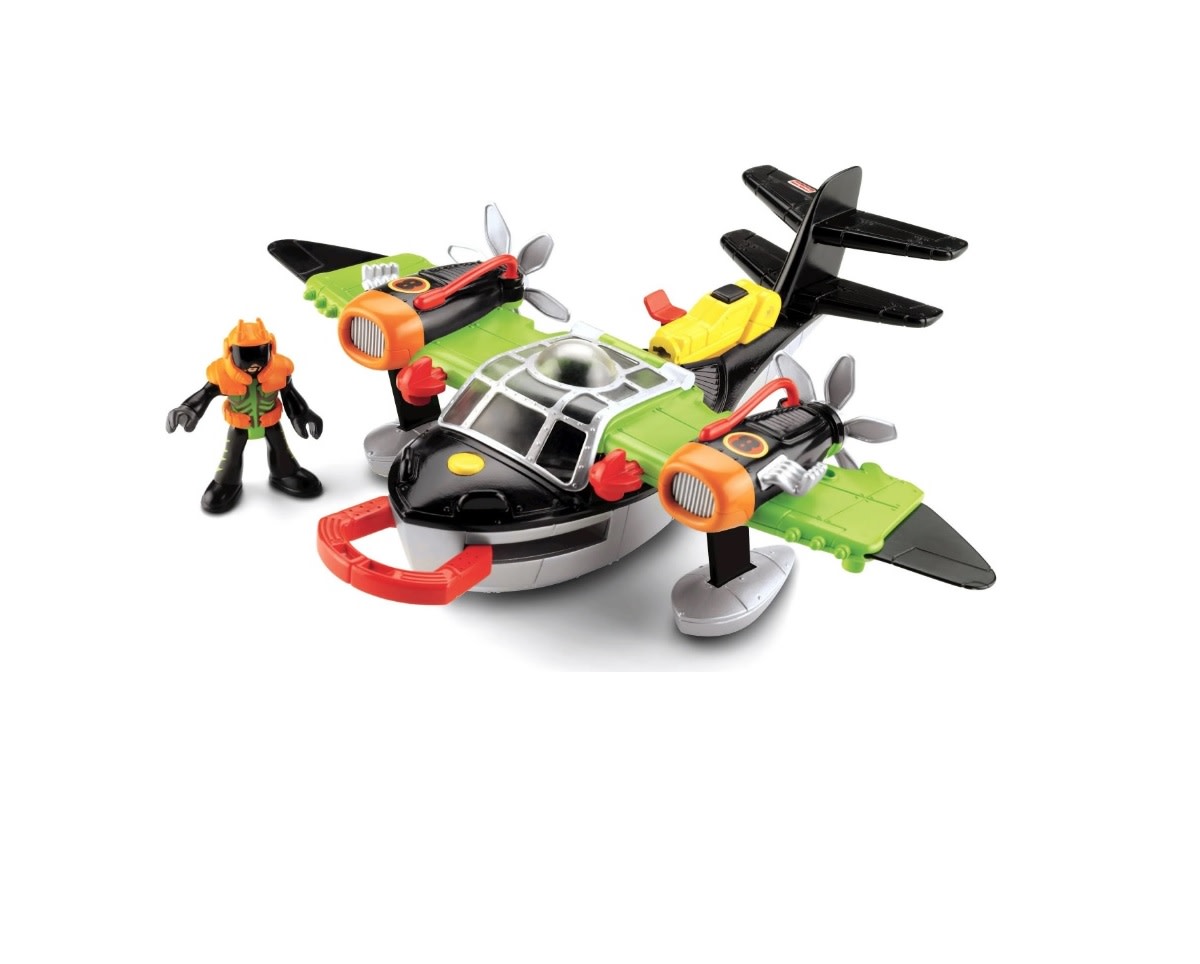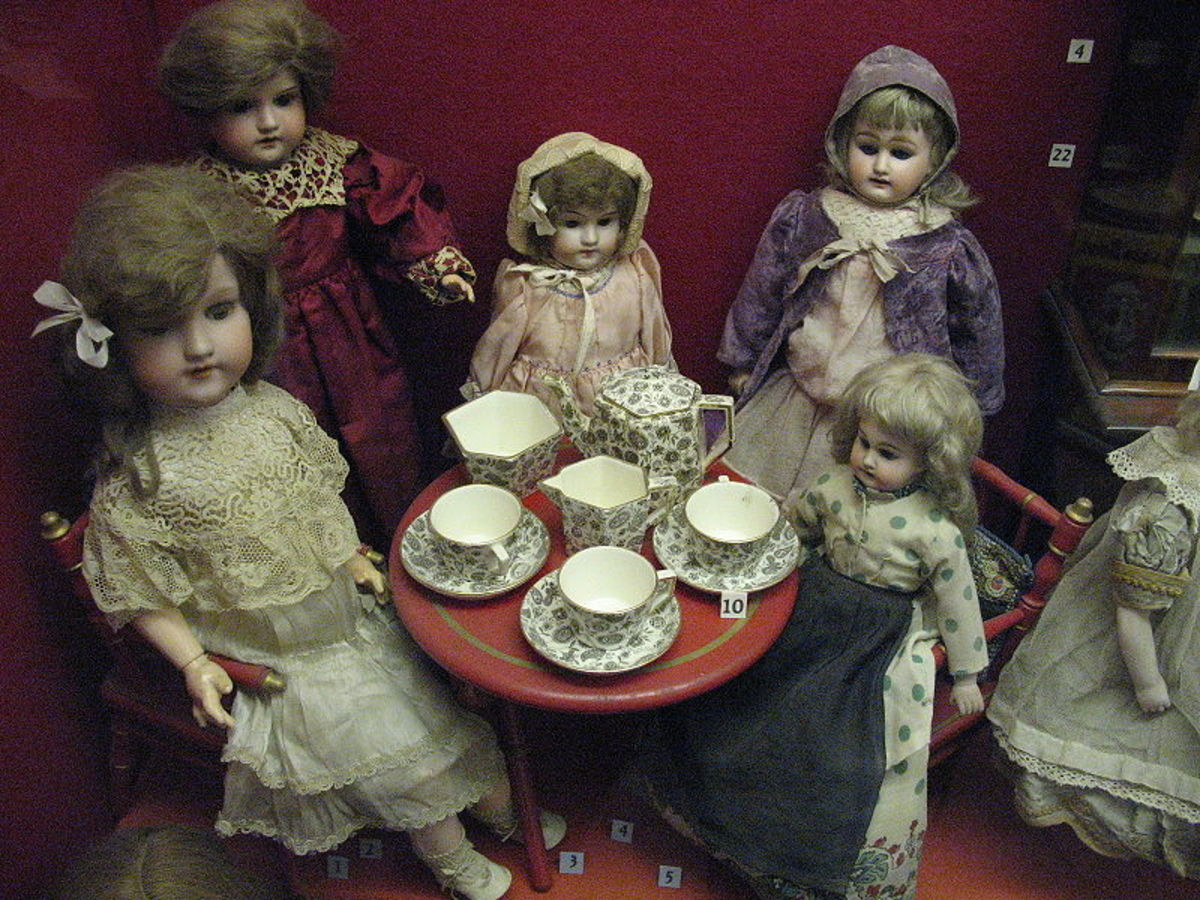Toy Basics: Toddlers
With so many toys on store shelves these days, it can be difficult to figure out what is best for your toddler or young child. Each toy claims to be the best and will all of the awards out there, very few aren’t decorated with some kind of seal of approval. However, there are some basic types of toys that all kids tend to love and that actually teach them as they play. Here is a list of 10 traditional toys that are easy to find and that kids will continue to play with day after day.
1. Puzzles- Whether it’s the simple 2-3 piece wooden puzzles ore ones that are slightly more complex, young children are constantly amazed at the concept of removing and replacing the pieces. They also enjoy manipulating them to see where and how they will fit. Puzzles are a great toy in that they teach fine motor skills, critical thinking and problem solving, and spatial perception. Young kids quickly learn to manipulate the pieces, figure out where they go, and turn them to make them fit in their holes. This may seem simple to adults, but to toddlers, it is actually a complex process that teaches the brain to start making connections necessary for later academic learning.
2. Cars- Toy cars, regardless of what they’re made of, are always a great choice. They encourage creativity, early language development, and motor skills. By pushing cars across the floor, children learn to associate sounds with objects, they practice crawling or walking, and they learn to navigate their environment to go around corners and avoid furniture and walls.
3. Stacking toys- Whether you get the basic set of stacking and nesting cups or go for a more elaborate set of boxes or even animals, this toy is great. Toddlers learn fine motor skills, sequencing, sorting, and spatial awareness. Through trial and error, they learn to sort by size as they figure out which order the cups go in. They also learn muscle control as they stack or nest the cups without knocking them over. Stacking toys can also be used to hide smaller objects which teaches object permanence (that things don’t just disappear when we can’t see them) and encourages problem solving as children try to find the hidden object.
4. Stuffed animals or dolls- These toys encourage emotional expression, are comfort objects, and encourage creativity. As children care for their animals or dolls, they learn to express feelings for others and to show empathy. They also learn about daily routines and the world around them as they repeat basic daily actions they see from others.
5. Blocks- Again, stacking and sorting blocks works on problem solving and fine motor skills. Blocks, at this stage, are also great for teaching cause and effect as towers are built and knocked over. You can also work on emotional expression by making exaggerated faces of surprise, delight, and even mild anger each time the blocks go tumbling.
6. Balls- Medium-sized, soft balls are great for toddlers to kick, throw, and roll. Obviously, this toy works on gross motor development, but it can also be a tool for social interaction as you play with your toddler, teaching about taking turns and sharing. Toddlers love that balls bounce and roll, to them, in unexpected ways.
7. Books- A few well-chosen board books help toddlers learn about seeking information from their environment. By turning pages (even if they skip some or go the wrong way), children learn about object permanence (the pictures are always the same on each page) and learn about visual representations of objects around them. Toddlers are also ready at this stage to start hearing short stories. Another great way to use books is to develop language skills as you point to pictures and have your child label them or as you label objects and have your child identify them.
8. Sorting toys- Shape sorters are the most common type of this toy. By providing a variety of shapes and colors, as well as specific holes for them, these toys teach young children the basics of sorting and categorizing. Shape toys are also good for getting young children to explore the different parts of toys as they look for the hole that fits their shape object. Another way to use this toy is as a fill and dump toy. By simply placing the objects in the container and then dumping them out, children work on motor skills and learn about cause and effect.
9. Rhythm and Sound- Rhythm and sound toys can be anything from pans or bowls to bang on to musical instruments and recorded songs. Rhythm and sound toys encourage language development as children listen to different lyrics and pitches within songs. They also encourage motor skills as children shake and bang to make different sounds. Finally, rhythm and sound toys can be used to help children understand how their body moves by encouraging them to dance and move to the music they hear or create.
10. Sensory toys- These toys have different textures and smells. They are harder to find in stores but there are scarves, scented Play-Doh, and some infant discovery toys that offer a variety of experiences. Toys like this can be easily made with recipes for dough, bean or rice bins, water tables, and various other activities. Playing with these toys encourages children to explore their senses of touch, sight, and smell.

